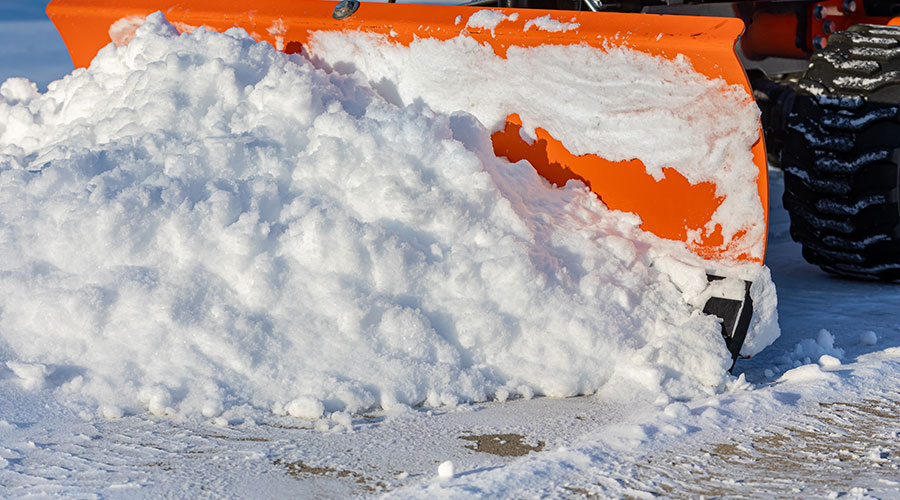Strategically Selecting Utility Vehicles
Grounds managers looking to buy a new utility vehicle can be forgiven for not recognizing the product they're seeking in many of today's commercials and advertisements, where utility vehicles often are tearing down forest trails or splashing through riverbeds.
Why? The market for utility vehicles has expanded greatly in recent years, so many commercials are touting the recreational appeal of these versatile pieces of equipment. Now, the challenge for grounds managers is to ignore the recreational images of utility vehicles and focus on professional applications instead.
"As the market has grown for this product among consumers, people have become more educated about it — that there is a thing called a utility vehicle, and it's fairly widely advertised," says Matt Glendon with Club Car. "That wasn't the case maybe even 10 years ago. With that has come more knowledge, but one of the things people focus on is, well, I want a vehicle like what's advertised. But people really don't need a lot of those features. A lot of these guys think about horsepower and speed because that's what they're being sold."
By understanding the tasks their staffs will use the vehicle for, managers will be more likely to invest in a product that will deliver long-term performance and budget benefits to their organizations.
Needs And Priorities
A utility vehicle can help workers perform many tasks, but managers need to know if can it help workers with the tasks they perform most often.
"Managers need to identify the primary needs and function of the vehicle," says Grace Miller with Cushman. "Are they looking for an equipment mover, a personnel mover or something like towing?"
To find out the tasks workers perform, managers can turn to the logs they maintain of who uses the equipment and for what specific tasks.
"What I recommend is that they log not only the jobs they are using them for," says Robert Gilles with Bobcat. "On the spreadsheet, you can easily add a column indicating this (job) could have been done with a utility vehicle. This will help you in a business case when presenting it for a budget. It also helps you determine whether one would be enough or not. I would just keep track of what you're doing with the piece of equipment you have where a utility vehicle could have been used for on-campus travel."
"Then I also would keep track of type of job. Track tasks where you could actually show job-time savings that could be attributed to using a utility vehicle if you had one."
The needs assessment process also should incorporate input from the vehicle's users.
"I'd suggest managers ask their staff what features would better equip them for success, and then look at the marketplace to see which utility vehicles match their needs without sacrificing quality and performance," says Stephen Poles with Polaris Industries.
With information in hand on utility vehicle needs, managers can turn to specification priorities. Increasingly, sustainability is near the top of many managers' priority lists.
"Sustainability and being green has become more important to businesses across all categories, so it is no surprise that facility professionals are moving toward sustainable utility vehicles that offer quality, reliable performance," Poles says.
Gilles says despite pressure to hold down up-front equipment costs, managers need to think about the long term.
"One thing they should look at in purchasing priorities is longevity," he says. "How long do they keep their fleet, and do they turn it over? Some fleets turn over every three years. Some manufacturers offer lease options on utility vehicles that have no hour restrictions, so if you ran a two-or three-year lease on a utility vehicle, all of your major costs would be covered up front, and you could get a really good idea of the life-cycle costs for that vehicle.
"If you tend to keep your vehicle for the life of the machine, you'll want to start looking at your replacement-part costs for things like filters and spark plugs and tires —anything that would be considered a general-wear item. You can get a really good idea of what it's going to cost to own a specific piece of equipment."
Related Topics:












